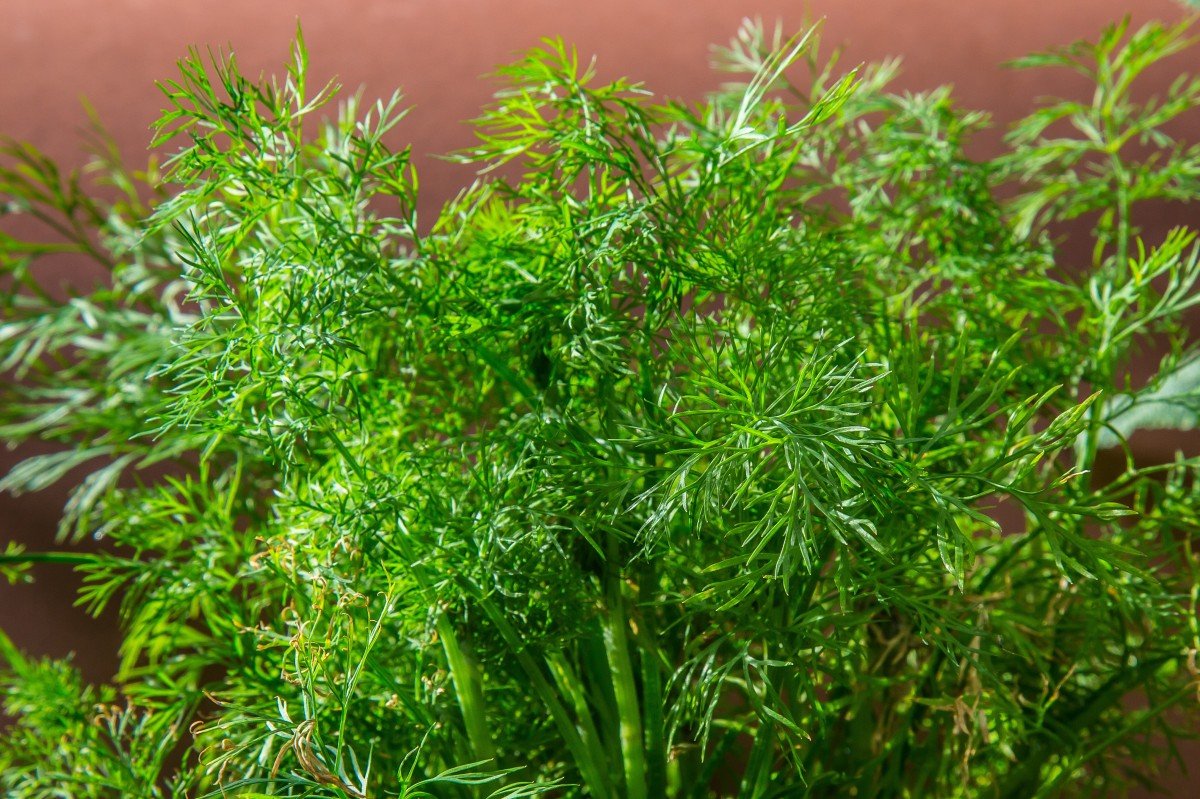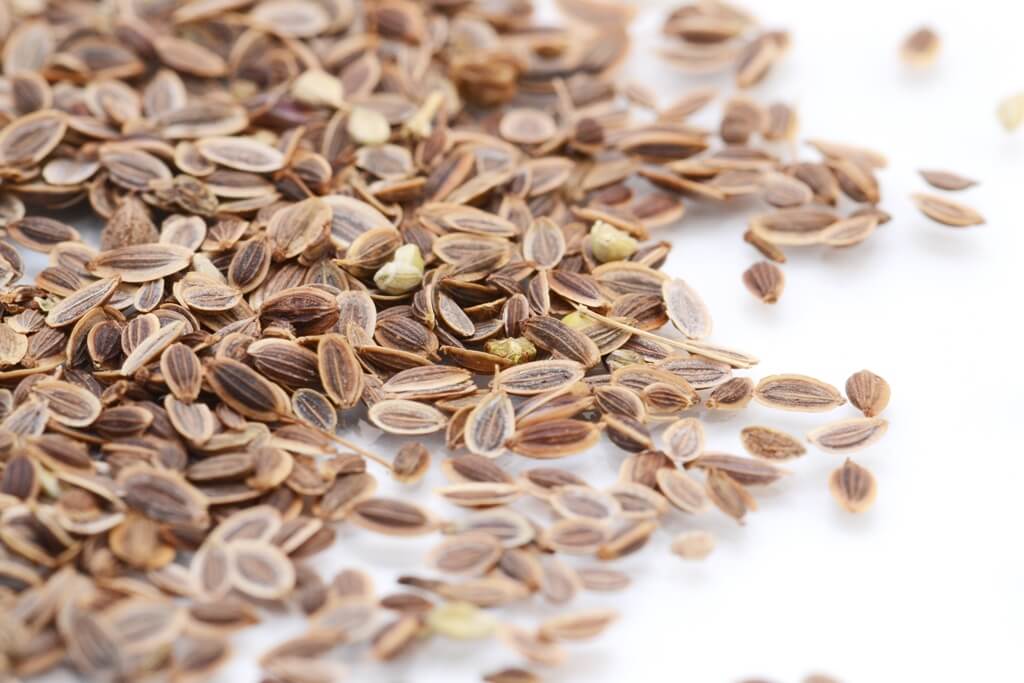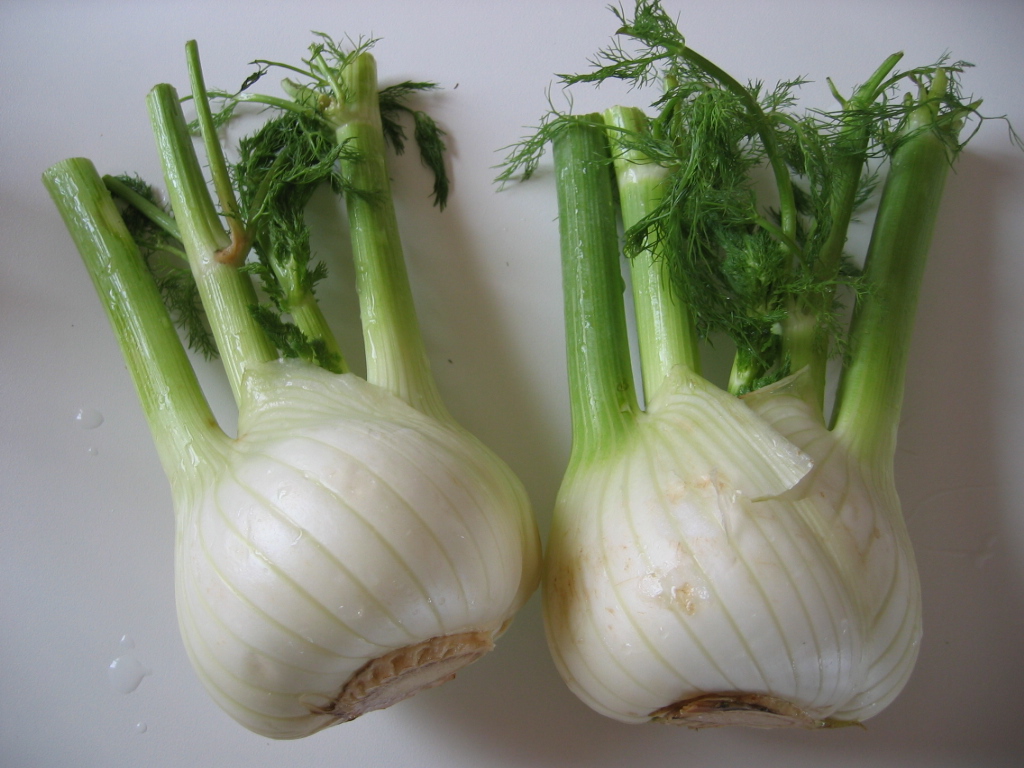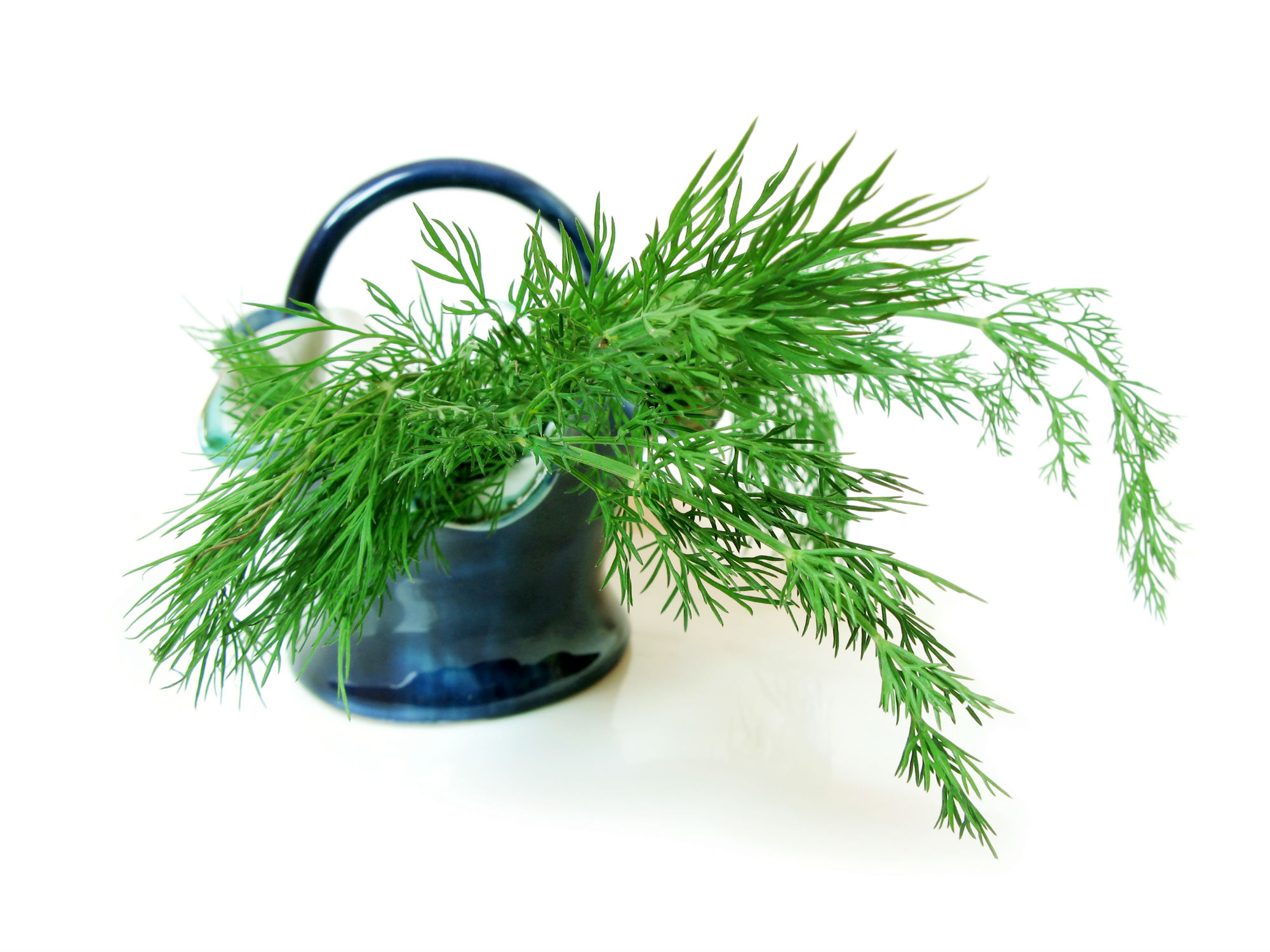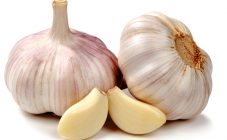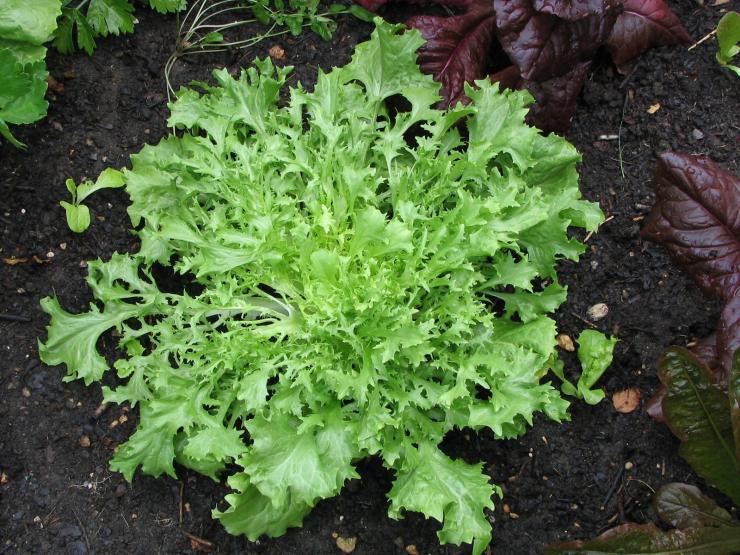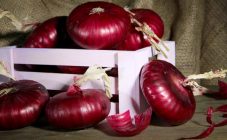Content:
Dill is a light-loving annual plant. Cold-resistant, able to withstand temperatures as low as -5 ° C. Loves moisture, with a lack of moisture, greens lose their juiciness.
The area of application is quite extensive: it is used fresh, frozen and dried, it is popular in conservation. Dill varieties are divided by the nature of the rosette, color, width and length of leaves. The beginning of the stem formation process is the clearest sign that makes each variety different. According to this characteristic difference, there are 3 types of dill: early maturing, mid-maturing and late.
Characteristics and description of the variety
Dill Kibray is a type of mid-season, bush variety. Rightfully included in the top 20 dill combs. Harvesting begins: for greens - 28-39 days after germination, for spices - 59-72 days.
Dill Kibray description: a plant with a standing, high, spreading rosette, up to 30-40 cm, with 10-12 large, wide dissected bright green feathery leaves. They have a slightly yellowish tint and a barely noticeable waxy coating. The stem is strong, grooved. The greens are tender, juicy. Inflorescences are yellow. It has a strong spicy, characteristic dill flavor (pleasant sweetness) and aroma. It is used fresh for salads, sauces, soups, dishes, and seeds and umbrellas are used in conservation. It is dried, frozen.
Cold-resistant, easily tolerates spring frosts.
The yield is high: for greens - up to 1.3-3 kg per sq. meter, for spices - up to 2.7-6.3 kg per sq. meters.
Collection recommendations:
- Bulk collection of dill for freezing or drying is realized when the plant reaches 30-35 cm in height;
- On the 55-60th day, the collection for spices begins;
- The seeds are ready to be harvested after the umbrellas turn gray and harden.
Agrotechnics
Growing dill does not require any special knowledge and skills. For example, according to the description of Gribovsky's dill, this variety grows like weeds in summer cottages. Kibray is no exception. It can grow on its own, without special planting and care, but only care and proper cultivation will make it possible to get the maximum of lush and fragrant bushes of this spice.
Boarding time
Dill seeds can easily tolerate frosts, so they can be planted in early spring, literally right after the last snow has left the garden. It is sown repeatedly (every 15 days) in the spring-summer period and before winter.
Seed selection
Semen is harvested from healthy, fully ripe plants. From one bush they get 5-8 g. The seeds have a pronounced dill smell, unreliable, old seed loses this property. Quality grains are moist and cool to the touch.
Therefore, it will be useful to prepare the seeds for planting:
- We place the seeds in cheesecloth and soak in warm water for 3 days. During this time, we change the water several times daily. These manipulations help get rid of the oily film on the surface;
- We take them out of the water and lay them out on moistened gauze. Cover with a cloth and remove for 4 days. We moisturize systematically. Ideally, the first shoots appear;
- We remove the fabric, dry the seeds in the open air for 30 minutes and plant them in open ground.
Soil and plot
Dill is not picky about the type of soil and climatic conditions, it grows without problems both in the temperate continental suburbs of Moscow and in the north of Russia. The only thing is that plants that are not deprived of solar heat and light look healthier and more juicy.
Dill prefers fertile, loose soil that absorbs moisture well. Does not tolerate acidic environments, loves soils with a neutral reaction. It is undesirable to grow it on heavy soil. It responds favorably to soil rich in humus and nitrogen fertilizers. In early spring, tillage begins - digging up to 20 cm deep, leveling with a rake. It will be most optimal to prepare the garden in the fall.
Humus and mineral fertilizers are applied before planting. Then the surface is carefully leveled. The grooves are formed at intervals of 15-20 cm, 2 cm deep. The soil is moistened, seeds are placed at intervals of 1.5-2 cm and covered with loose earth.
The place where the dill is grown should be well lit, in shaded areas, the dill grows slowly, begins to bloom faster and has a weak aroma. Desirable Precursors: Legumes, Tomatoes, Cucumbers and Cabbage.
Winter sowing
The planting procedure in this case is practically no different from the usual planting, the only thing is that you need to plant seeds in late autumn. In spring, seedlings will sprout immediately after the optimum temperature is established for them. This is the most efficient way to get an early harvest of dill.
The influence of neighbors in the garden
Dill is quite sensitive to the surrounding plants. Its proximity to carrots, caraway seeds and parsley is not recommended. It goes well with nearby potatoes, onions, garlic, cabbage and cucumbers.
Care
Caring for dill in open ground is not at all difficult, you must:
- Water regularly, drip irrigation is better;
- Weed beds;
- Loosen the soil systematically;
- Feed as needed (delayed development, yellow leaves.
It is better to fertilize the earth in the fall. Yellow leaves and early flowering indicate a lack of nitrogen.
Growing dill on a windowsill
The "window-sill" method will allow you to feast on fresh dill at any time.
For this you will need:
- Seed material;
- Container for greenery (pot, plastic box) with holes made at the bottom;
- Prepared soil;
- Cover cap (for fast germination);
- Fine mesh watering can or spray bottle.
The procedure for sowing seeds is quite simple - sprinkle the seeds into the soil (as if salt something, you can also in rows, as convenient), then sprinkle them with earth. Spray with water, cover with foil and place on the windowsill.
In comfortable conditions, the seeds germinate within 5-8 days. After the first sprouts appear, the film must be opened and the container with dill can be taken out onto the balcony.
Diseases and pests
Powdery mildew is the most common disease of any type of dill. Dill Kibray is one of the few who have excellent immunity to this problem. This feature allows you to grow dill even on wet soils.
Advantages and disadvantages
Dill Kibray boasts many advantages. He has practically no drawbacks.
Pros:
- Abundant-leaved;
- High mass of each individual bush;
- Long period of collecting fresh herbs;
- Keeps a fresh appearance for a long time, remains juicy and green;
- High commercial quality;
- Strong immunity to powdery mildew;
- Excellent taste and smell;
- Versatility of application in cooking and salting;
- The ability to grow in home, greenhouse and outdoor conditions;
- Cold resistant;
- High content of essential oils;
- Use in medicine, as a treatment and prevention of various diseases.
Dill is a valuable storehouse of useful substances, it contains vitamins: C, A, B2, B6, PP, P, mineral salts of calcium, iron, potassium, phosphorus and magnesium, as well as thiamine, pectin substances, carbohydrates and riboflavin.
Minus - ripening period. If we talk about the timing of ripening, then in this regard, Kibray is ahead of: dill Gribovskiy (gribovskiy) and dill Aurora. According to the description of the variety, dill Aurora gives greens already 25-30 days after germination. According to the amount of green mass, it is preferable to choose Abundant-leaved dill. In addition to a large amount of green mass, Abundant-leaved dill is distinguished by its simple cultivation, which does not require special care.
Kibray is definitely a good dill in many respects. For growing in a temperate continental climate (middle zone of Russia, Siberia), in addition to Kibray, you can consider Ural dill and Abundant-leaved dill.
Dill is the most popular vegetable garden. With a 100% guarantee, we can say that no site is complete without this fragrant greenery. Unpretentious, fast-growing, year-round eaten.
